Autumn Garden Insights
By Rick Los, Director of Horticulture
It’s been just over 10 years since I began writing seasonal garden updates for newsletters and every year when I begin the process of writing about a specific season I ask myself “Is there really anything new and interesting for our readers to enjoy?” If you have followed our newsletters over the years I’m hoping that you will say “Yes there has been!”
We sincerely hope that we continue to provide you with some interesting insight into the workings of our Garden and the effort that it takes to keep this gem polished. So, before I begin, I just want to thank all of you, our dedicated readers, for making the effort to learn more about us.
As many of you know, we have just experienced the warmest and possibly driest summer season in our recorded weather history. In a part of the continent where temperatures of 30° Celsius were once a rare event, we managed to top this mark over 20 times! Only traces of rainfall were recorded here between May through to the end of August and we have been severely tested to keep the garden hydrated and healthy – thankfully we passed the test for another year.
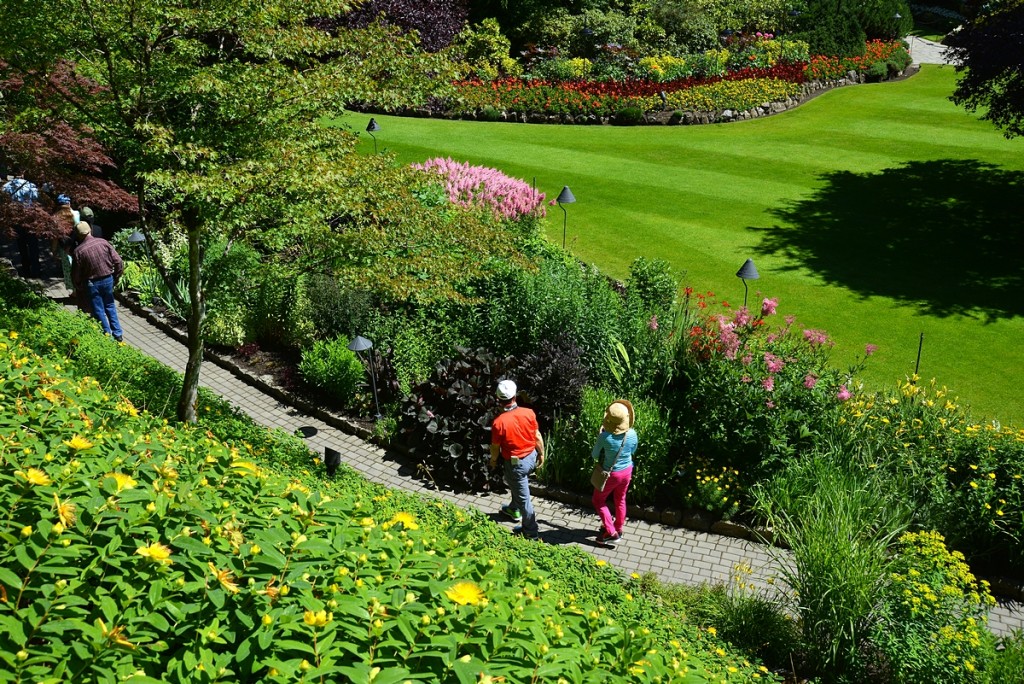 A healthy, hydrated garden welcomes visitors in the summer months.
A healthy, hydrated garden welcomes visitors in the summer months.
Understanding how this unusual weather will impact the garden over the long term is only something that we are beginning to comprehend as this is only a recent phenomenon for us. However, what we have observed is that plant growth was accelerated in our annual and perennial borders and that as a result most plants seemed to want to mature more quickly. To help remedy this, our staff had to be extremely diligent with the deadheading, pruning, fertilizing and watering just to keep the garden performing to its highest potential. If you were able to visit this past summer, I think that you would agree that the remarkable results from their diligence truly paid off.
That’s enough of summer – it’s amazing how easy it is to get side-tracked! For us, we are certainly appreciating the arrival of this season more than we usually do after surviving the challenges of the last few months. Now that Autumn is upon us we are definitely feeling a slight chill in the evenings and are finding the garden drenched with dew in the mornings after cool, clear nights. This is a time of transition, a time of reflection and also a time of refreshment. When you visit, think on these things and take the time to bask in the beauty of this glorious season and enjoy all that it has to offer.
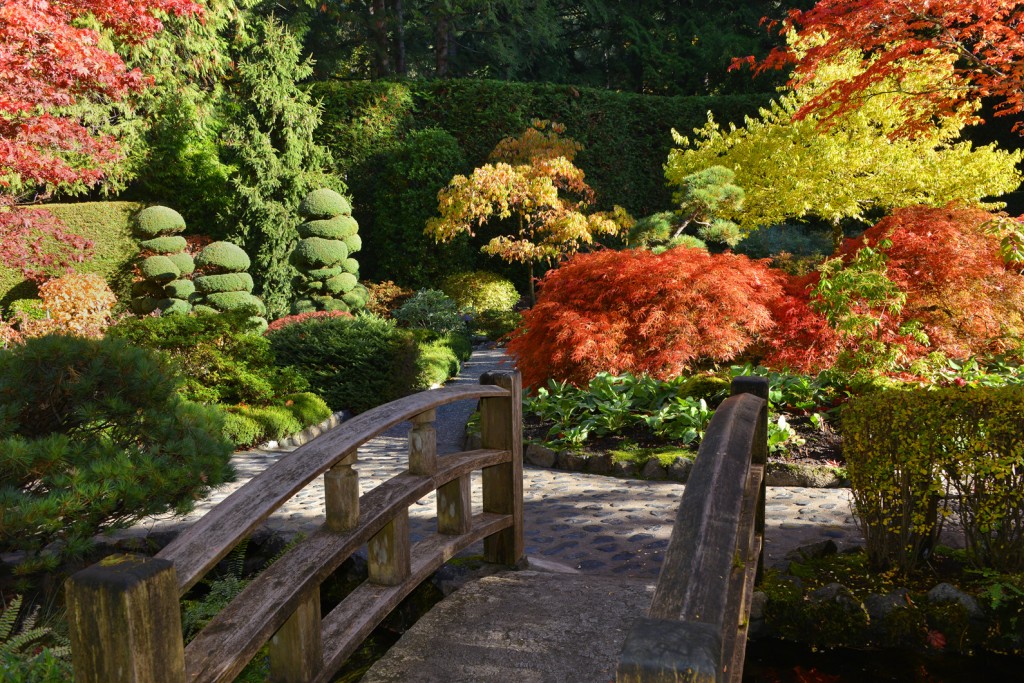 The Japanese Garden is an abundance of colour in the autumn with a variety of Maples.
The Japanese Garden is an abundance of colour in the autumn with a variety of Maples.
Unassuming may be a good word to describe the autumn season as the colours are more modest and not nearly as bold and showy as either spring or summer. Having said that, there is still plenty to enjoy as we embrace the warm, rich colours as they gradually appear in the garden. The west coast may not have the reputation as the best place for rich and vibrant fall foliage colour, but the extent and brilliance of our fall colour – led by our outstanding collection of Japanese maples – will pleasantly surprise you.
Many, but not all, deciduous trees and shrubs provide spectacular colour in the fall once they have stopped actively growing and just prior to dropping their leaves for the winter. In general terms, fall colouring is caused by the pigment that remains in the leaf once the process of photosynthesis slows down and the green chlorophyll is depleted. Weather plays a role here as well, as colour can be intensified by periods of sunny, warm days and crisp, cool nights. Having said that, with our unpredictable fall weather, the level or brilliance of fall colour is also somewhat unpredictable, but we do have many plants which consistently provide great fall colour no matter what the weather decides to do.
Not to be overshadowed by the attention given to fall foliage, there is one flowering plant that truly shines at this time of year. For us and for our visitors, there is nothing that is more captivating than our outstanding collection of Dahlias. Dahlias are by far the most talked about and colourful of all of the flowering plants in the garden at this time of the year. The Dahlias that we see and use in our gardens today are hybrid descendants of species native to Mexico and Central America. What we love the most about Dahlias is the incredible range of colours, shapes and sizes and the fact that they carry on blooming for us well into late October!
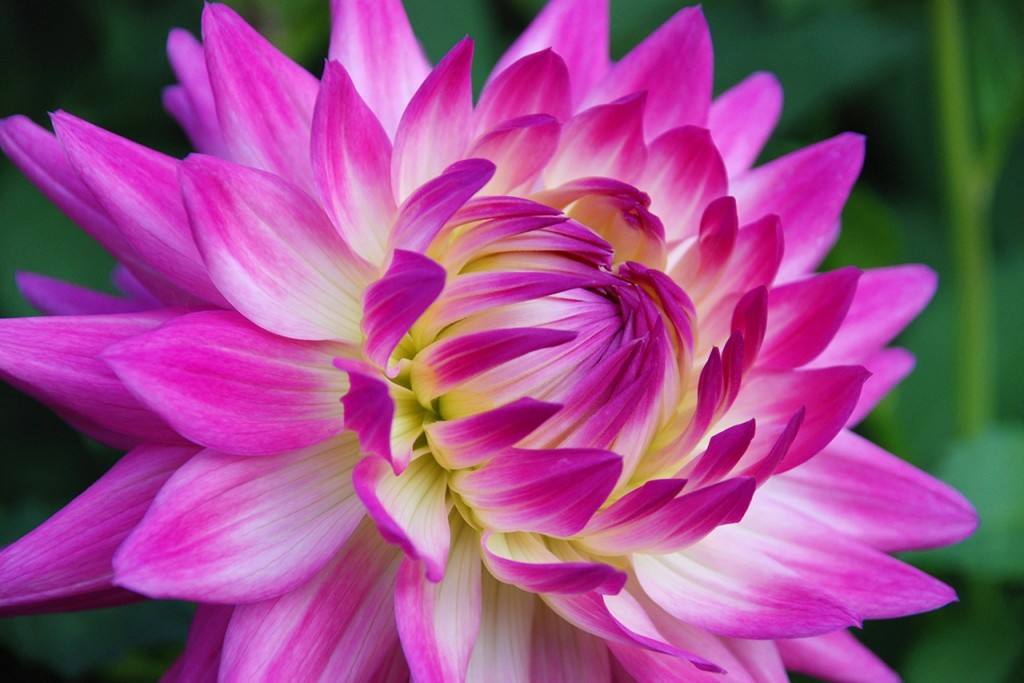 A beautiful Dahlia of the season.
A beautiful Dahlia of the season.
Dahlias are great garden plants and also make excellent cut flowers. Flower sizes range from ½ inch miniature pompons to massive 12 inch “dinner plate” size informal decorative types. The variety of the different Dahlia flower types is astounding and includes: cactus, semi-cactus, orchid, formal decorative, collarette, anemone, daisy and peony flowering types. We have embraced these flowers for decades and in their honour we have an amazing border of Dahlia’s that forms a magnificent curving wall that is almost 250 feet (75m) in length.
If watching how we produce our spring display is of any interest to you, this is the time of year to watch the transformation of our floral displays as our primary focus of planting biennials and bulbs takes the main stage for weeks on end. Just to give you an idea of the scope of this process here are a few numbers. Each fall we plant close to 300,000 flowering spring bulbs which are planted among tens of thousands of colourful biennials such as English daisy (Bellis), Forget-me-Not (Myosotis), Wallflower (Cheiranthus) and Pansy (Viola).
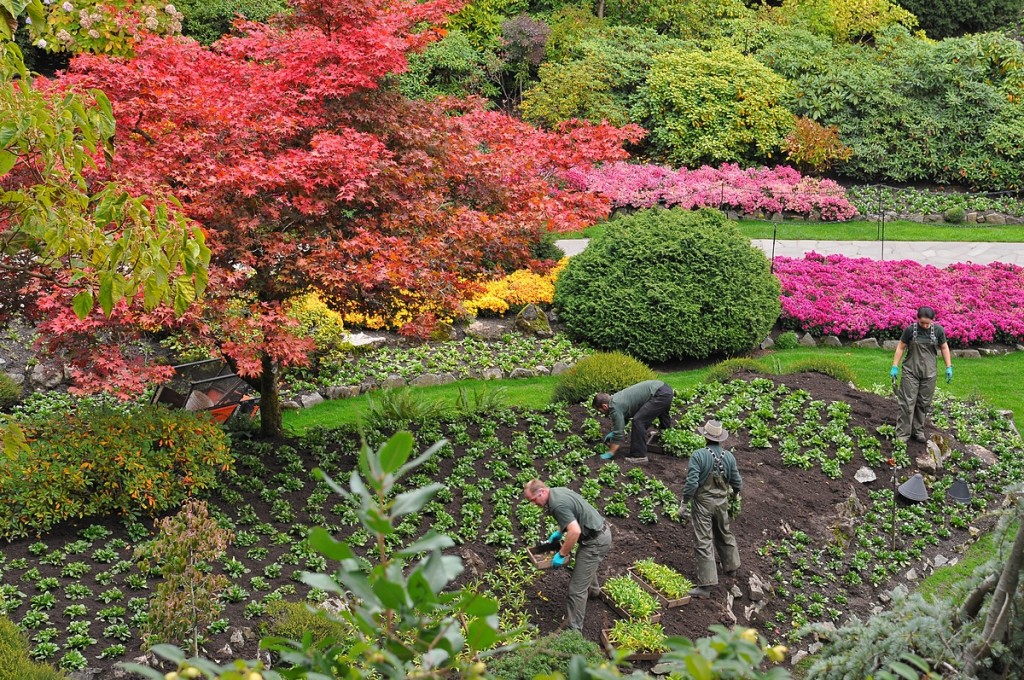 A few talented gardeners doing spring planting in a previous year.
A few talented gardeners doing spring planting in a previous year.
Systems are in place to keep this all organized as each bed has a designated number and plants and bulbs are allocated as per the detailed planning process from the previous spring. Each year we use approximately 185 varieties of Tulips, 85 varieties of Daffodils and 90 varieties of other miscellaneous bulbs including Hyacinths. As mentioned earlier, all of these bulbs are planted in combination with biennials to provide us with a stunning display in the spring. To further enhance the spring display, thousands of specialty bulbs are also added to the garden each year, becoming permanent plantings throughout our perennial borders and naturalizing some of our shrub borders.
Enchanting is the one word that I think best captures the essence of the garden during this season. There is a certain charm – an ethereal beauty that captivates you as the garden gradually transitions into the season of rest.
So, there you are; a new season is upon us whether (and with weather) we like it or not. I sincerely hope that I’ve provided you with some new and interesting insight into what makes our garden as uniquely amazing as it is. However, if you still are yearning to learn more, perhaps it’s time to sign up for a greenhouse tour in November to gain some knowledge about a very critical and complex component of our garden operation.
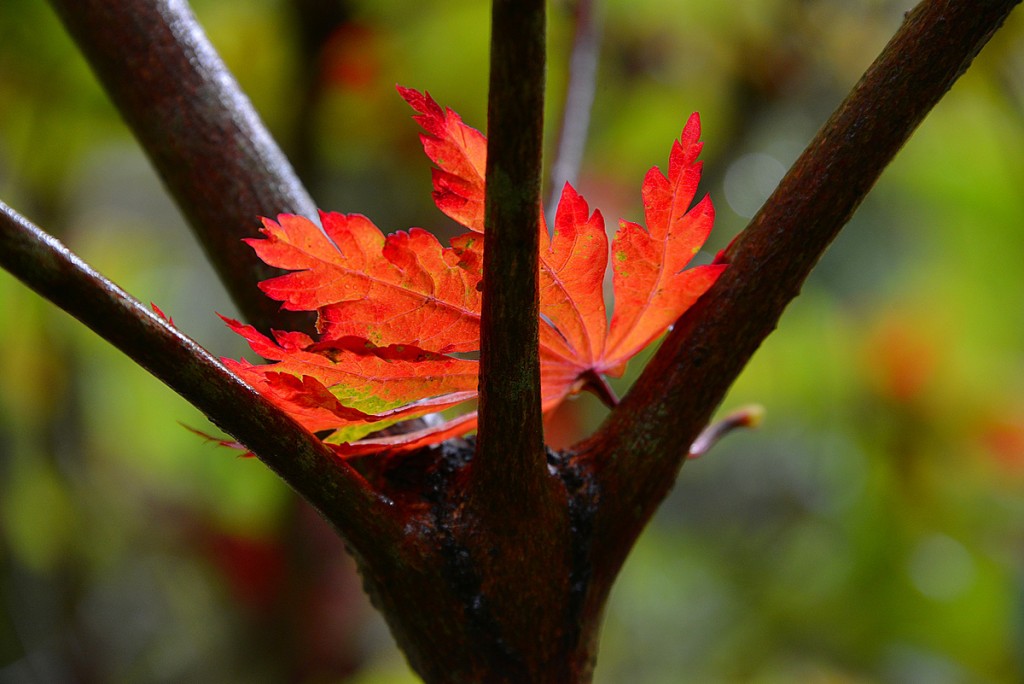 Subtle signs of autumn
Subtle signs of autumn

